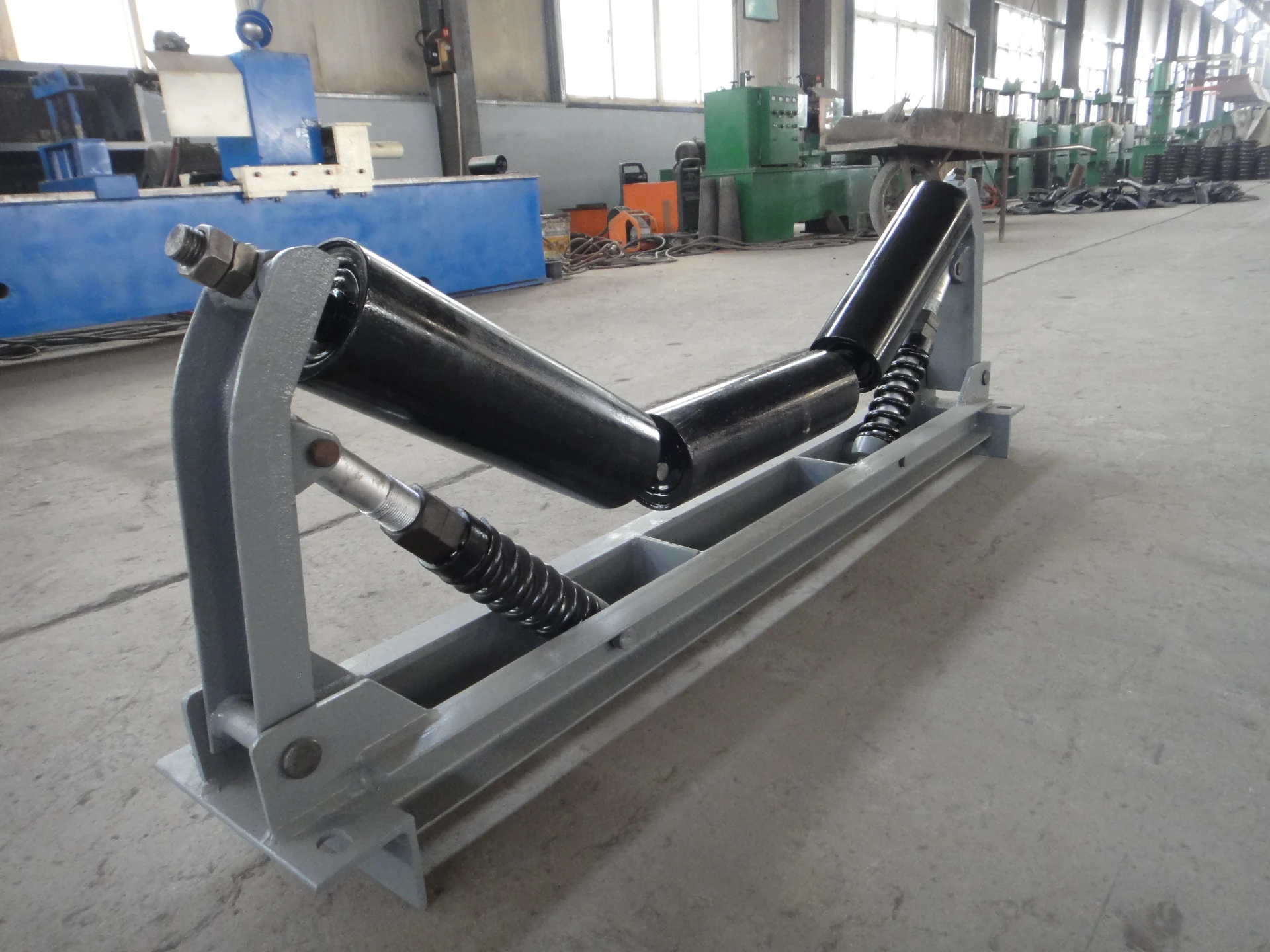 Afrikaans
Afrikaans  Albanian
Albanian  Amharic
Amharic  Arabic
Arabic  Armenian
Armenian  Azerbaijani
Azerbaijani  Basque
Basque  Belarusian
Belarusian  Bengali
Bengali  Bosnian
Bosnian  Bulgarian
Bulgarian  Catalan
Catalan  Cebuano
Cebuano  Corsican
Corsican  Croatian
Croatian  Czech
Czech  Danish
Danish  Dutch
Dutch  English
English  Esperanto
Esperanto  Estonian
Estonian  Finnish
Finnish  French
French  Frisian
Frisian  Galician
Galician  Georgian
Georgian  German
German  Greek
Greek  Gujarati
Gujarati  Haitian Creole
Haitian Creole  hausa
hausa  hawaiian
hawaiian  Hebrew
Hebrew  Hindi
Hindi  Miao
Miao  Hungarian
Hungarian  Icelandic
Icelandic  igbo
igbo  Indonesian
Indonesian  irish
irish  Italian
Italian  Japanese
Japanese  Javanese
Javanese  Kannada
Kannada  kazakh
kazakh  Khmer
Khmer  Rwandese
Rwandese  Korean
Korean  Kurdish
Kurdish  Kyrgyz
Kyrgyz  Lao
Lao  Latin
Latin  Latvian
Latvian  Lithuanian
Lithuanian  Luxembourgish
Luxembourgish  Macedonian
Macedonian  Malgashi
Malgashi  Malay
Malay  Malayalam
Malayalam  Maltese
Maltese  Maori
Maori  Marathi
Marathi  Mongolian
Mongolian  Myanmar
Myanmar  Nepali
Nepali  Norwegian
Norwegian  Norwegian
Norwegian  Occitan
Occitan  Pashto
Pashto  Persian
Persian  Polish
Polish  Portuguese
Portuguese  Punjabi
Punjabi  Romanian
Romanian  Russian
Russian  Samoan
Samoan  Scottish Gaelic
Scottish Gaelic  Serbian
Serbian  Sesotho
Sesotho  Shona
Shona  Sindhi
Sindhi  Sinhala
Sinhala  Slovak
Slovak  Slovenian
Slovenian  Somali
Somali  Spanish
Spanish  Sundanese
Sundanese  Swahili
Swahili  Swedish
Swedish  Tagalog
Tagalog  Tajik
Tajik  Tamil
Tamil  Tatar
Tatar  Telugu
Telugu  Thai
Thai  Turkish
Turkish  Turkmen
Turkmen  Ukrainian
Ukrainian  Urdu
Urdu  Uighur
Uighur  Uzbek
Uzbek  Vietnamese
Vietnamese  Welsh
Welsh  Bantu
Bantu  Yiddish
Yiddish  Yoruba
Yoruba  Zulu
Zulu conveyor tail drum
Understanding Conveyor Tail Drums Function and Importance
Conveyor systems are integral to various industries, facilitating the efficient movement of materials from one point to another. Among the various components that make up these systems, the conveyor tail drum plays a crucial role in ensuring the functionality and longevity of the conveyor belt. This article delves into the significance, construction, and maintenance of conveyor tail drums, shedding light on their importance in material handling operations.
What is a Conveyor Tail Drum?
A conveyor tail drum, often referred to as a tail pulley, is located at the end of a conveyor system. It serves multiple purposes first and foremost, it acts as an anchor point for the conveyor belt, providing necessary tension and support. Additionally, the tail drum reverses the direction of the belt, facilitating the movement of materials back to the starting point or towards another processing area. This functionality is essential for many applications, including mining, manufacturing, and logistics.
Construction of Conveyor Tail Drums
Conveyor tail drums are constructed to withstand significant wear and tear. Typically, they consist of a robust metal shell that can endure heavy loads and harsh environments. The drum’s surface is often covered with rubber or other materials to enhance traction and reduce slippage between the drum and the conveyor belt. The internal structure usually includes bearings that allow for smooth rotation, minimizing friction and wear over time.
One important aspect of the construction of a tail drum is its diameter. A properly sized tail drum ensures adequate belt tension, which is critical for efficient operation. If the drum is too small, the belt may become loose and slip; if too large, it might not provide sufficient tension. Industry standards usually dictate specific dimensions based on the size and load capacity of the conveyor system.
The Role of Tail Drums in Conveyor Efficiency
conveyor tail drum

The efficiency of a conveyor system is heavily reliant on its components, and the tail drum is no exception. By maintaining proper tension, the tail drum helps to ensure that the belt runs smoothly, preventing potential jams and breakdowns that can lead to costly downtime. Furthermore, a well-functioning tail drum contributes to even wear on the belt, extending its lifespan and reducing replacement costs.
Moreover, the tail drum plays a crucial role in aligning the conveyor belt. Misalignment can cause uneven wear and potential failure of the belt, leading to delays in production. Regular maintenance of the tail drum and its associated components is essential to prevent such issues. This includes regular inspections for signs of wear, checking the alignment, and ensuring that all components, including bearings, are in good condition.
Maintenance Practices
To ensure the longevity and effective performance of conveyor tail drums, several maintenance practices are essential. Regular inspections should be conducted to check for signs of wear, misalignment, or damage. It is advisable to lubricate the bearings periodically to minimize friction and wear, as this can significantly prolong the life of the drum.
Additionally, operators should monitor belt tension and make adjustments as necessary. Over time, belts can stretch and lose tension, which can lead to more significant problems if not addressed. An effective tension adjustment system should be part of the conveyor design to facilitate easy maintenance and ensure optimal performance.
Conclusion
Conveyor tail drums are an essential component of conveyor systems, providing crucial support and functionality that contribute to overall efficiency. Their robust construction and the role they play in maintaining belt tension and alignment are vital for preventing operational disruptions. By implementing proactive maintenance strategies, industries can ensure that their conveyor systems remain efficient, reliable, and cost-effective. As technological advancements continue to shape the future of material handling, the importance of understanding and maintaining components like the tail drum will only grow.
-
Revolutionizing Conveyor Reliability with Advanced Rubber Lagging PulleysNewsJul.22,2025
-
Powering Precision and Durability with Expert Manufacturers of Conveyor ComponentsNewsJul.22,2025
-
Optimizing Conveyor Systems with Advanced Conveyor AccessoriesNewsJul.22,2025
-
Maximize Conveyor Efficiency with Quality Conveyor Idler PulleysNewsJul.22,2025
-
Future-Proof Your Conveyor System with High-Performance Polyurethane RollerNewsJul.22,2025
-
Driving Efficiency Forward with Quality Idlers and RollersNewsJul.22,2025





























